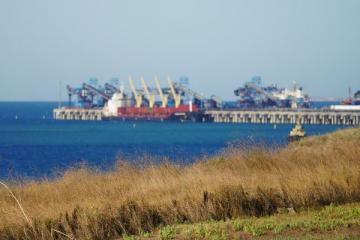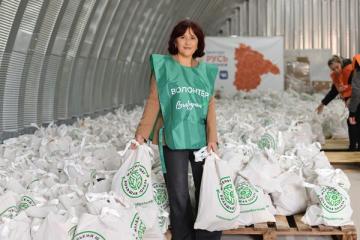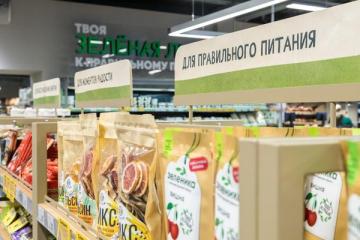
As the sustainable logistics backbone of the European economy – for a Europe worth living in, the ÖBB Rail Cargo Group is investing in the future-proofing of rail freight transport. The goal is to fundamentally transform the rail system. As well as higher efficiency and flexibility, above all, access to the rail system should be simplified to make it easily accessible for new groups of customers – all of this with climate protection at the forefront of thinking. “I would like to take this opportunity to thank the Österreichische Bundesforste (German for Austrian Federal Forests) for years of fair and respectful collaboration. We are proud to have designed and digitalised the railway logistics process together in a way that looks to the future. With it, we are pioneers and are bringing timber logistics into the 21st century,” emphasises Clemens Först, CEO of ÖBB Rail Cargo Group. All in all, in Austria alone, around 1.1 million tonnes of CO2 and approx. 4 million truck journeys are avoided due to rail freight transport by the ÖBB Rail Cargo Group each year.
Already today, digital processes and modern techniques are fixed components of a harmonious and sustainable forestry sector. Together with the ÖBB Rail Cargo Group (RCG), the Austrian Federal Forests have now also digitalised the entire rail logistics process for timber transport – from electronic consignment notes and empty wagon orders to future transport status messages and ETA forecasts (information about the estimated time of arrival).
“The Austrian Federal Forests take on a lead role across Europe with the digital offensive as the whole process chain is now fully digitalised from operational planning to timber harvest through to logistics and billing. With ÖBB Rail Cargo Group, we have a high-performance logistics partner on board who ensures environmentally friendly transport," says the CEO of the Austrian Federal Forests, Rudolf Freidhager.
Networked data transfer and the elimination of media discontinuities in rail logistics have sustainably optimised and simplified processes. Internal and external processes have been accelerated and at the same time rendered more effective and transparent.
"Not only do we know at the touch of a button where the timber transport is at any given moment, we are also able to seamlessly track where every single tree harvested in our forests comes from and where it is being delivered," says Freidhager.





